Kemp’s Ridley Turtle
The Kemp’s ridley turtle is the smallest of the sea turtles and has a restricted range, nesting only along the Gulf of Mexico shores of northern Mexico and in Texas, U.S.A. Fifty years ago, the Kemp’s ridley was near extinction. Although this species now shows signs of recovery, fishing nets and coastal development continue to threaten the species, and much work remains to be done before it can be considered safe.
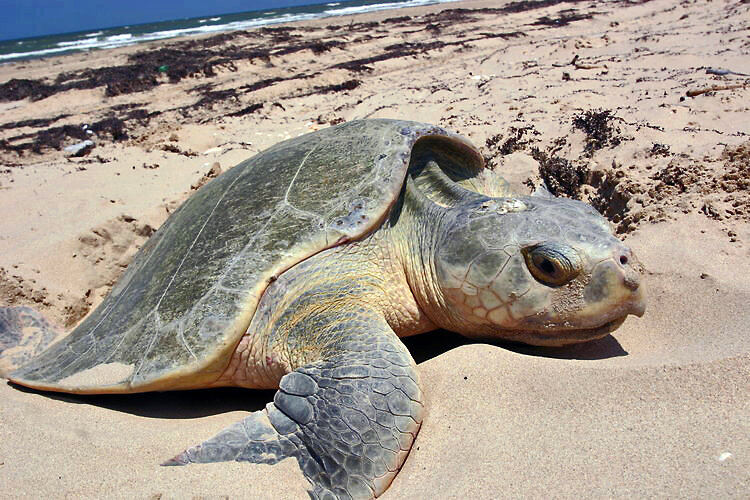
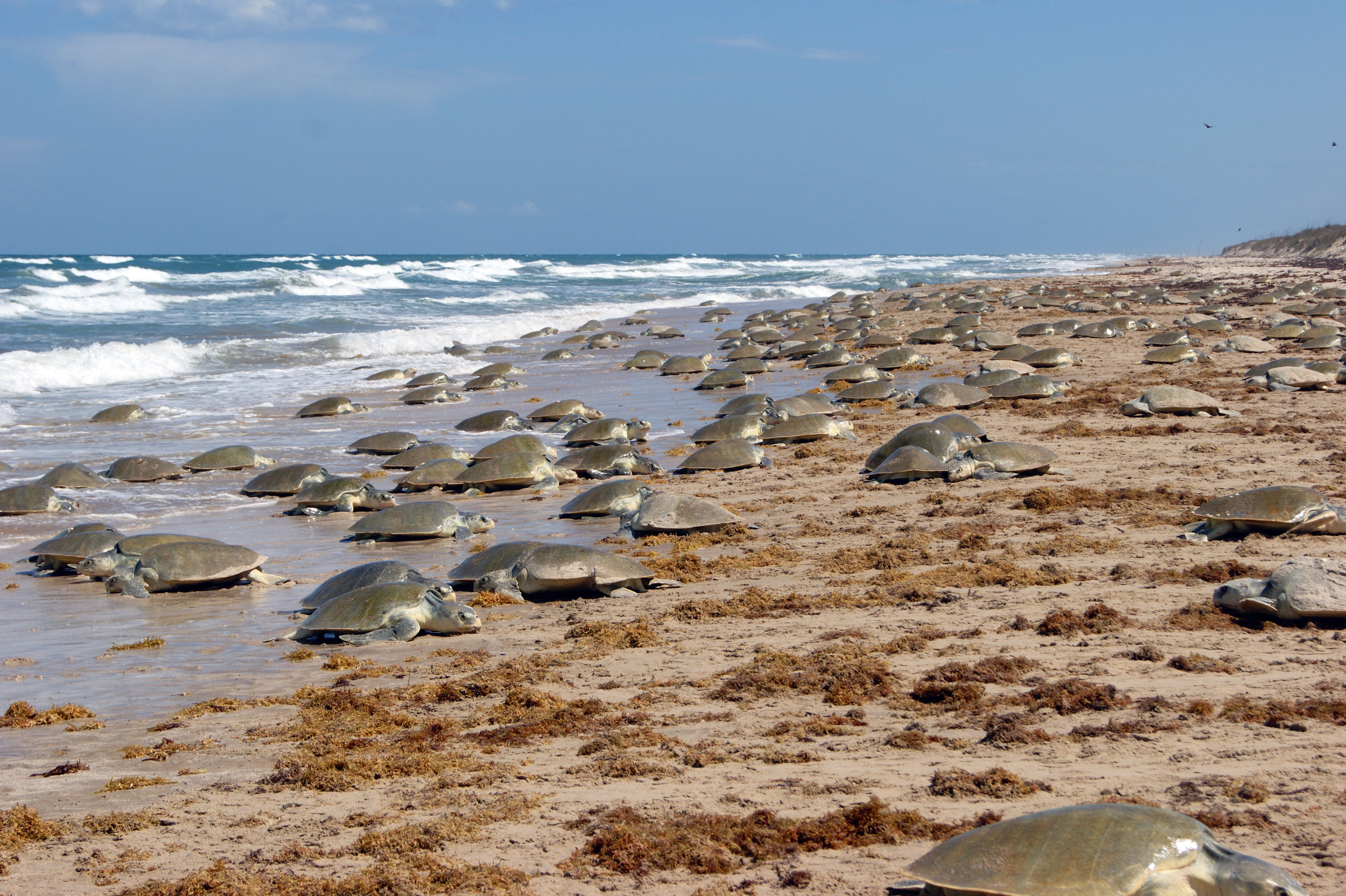
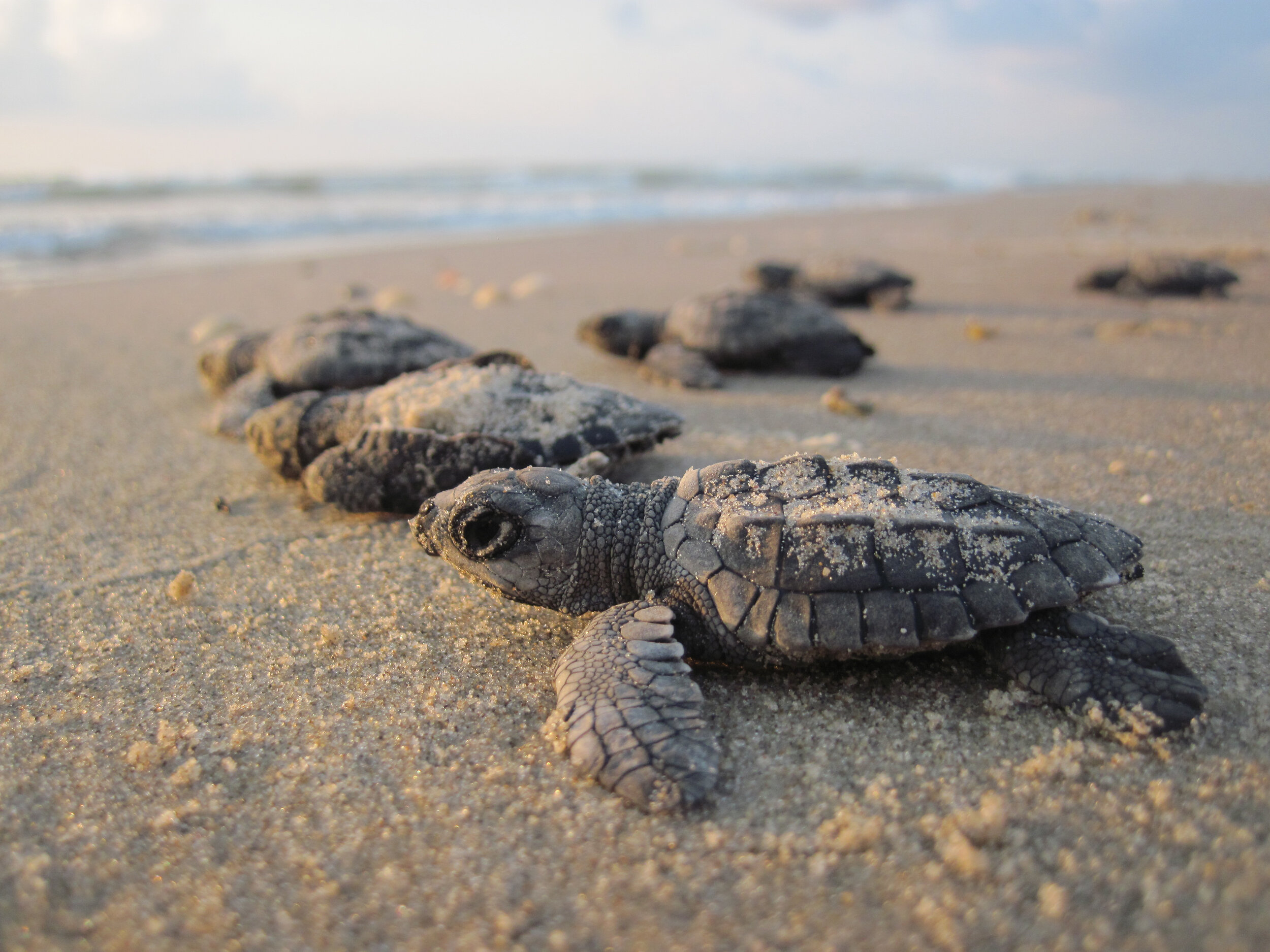
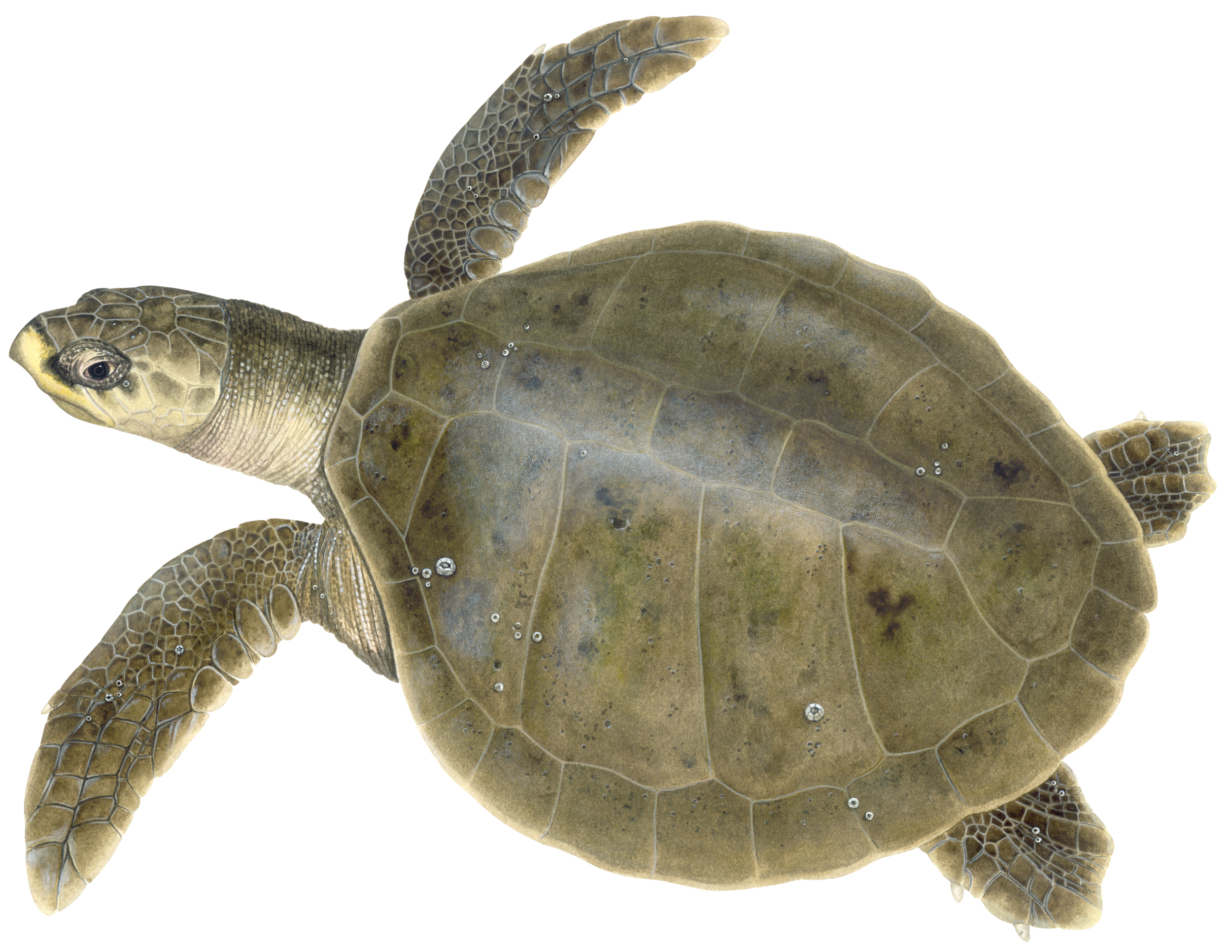

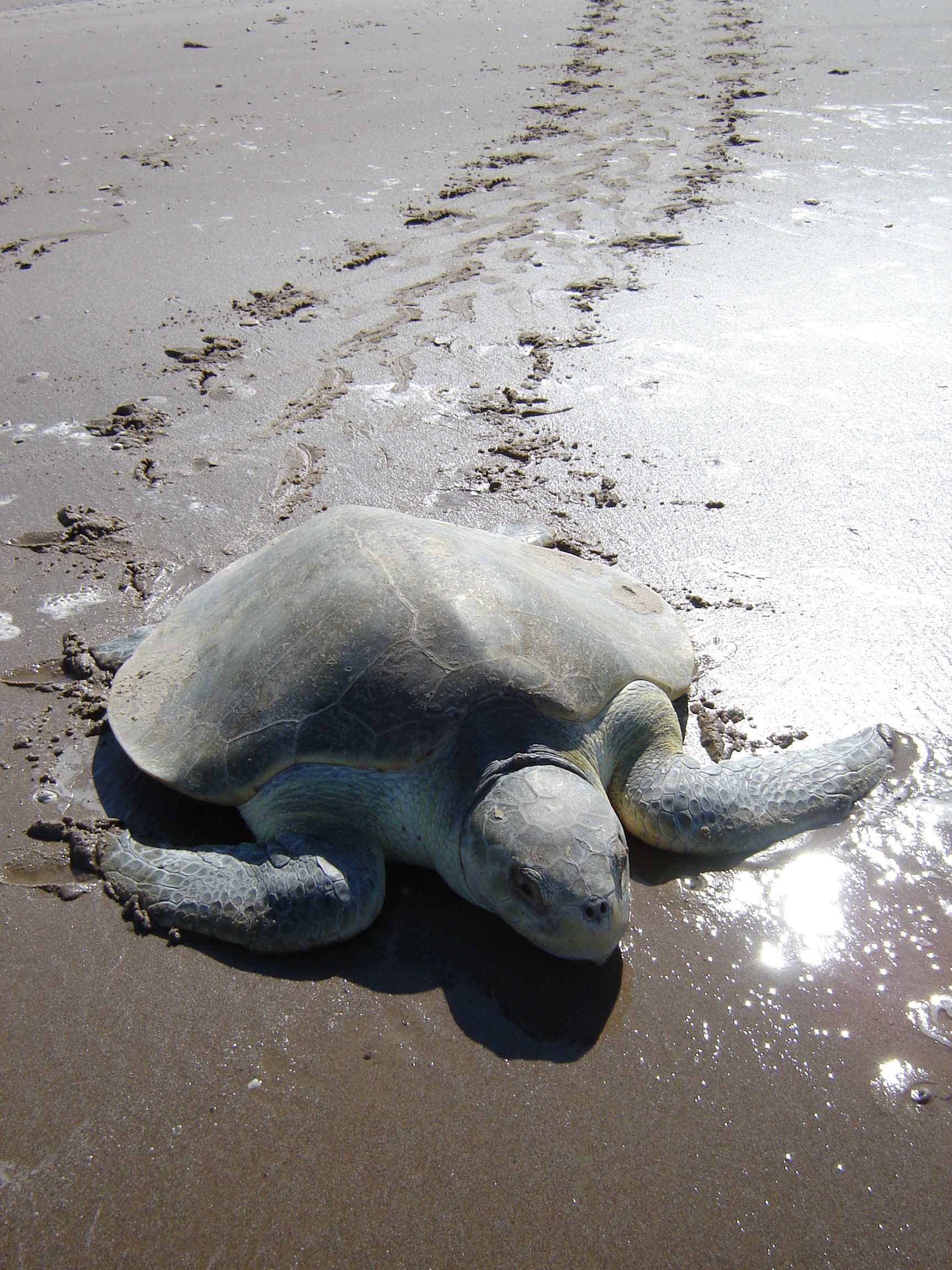
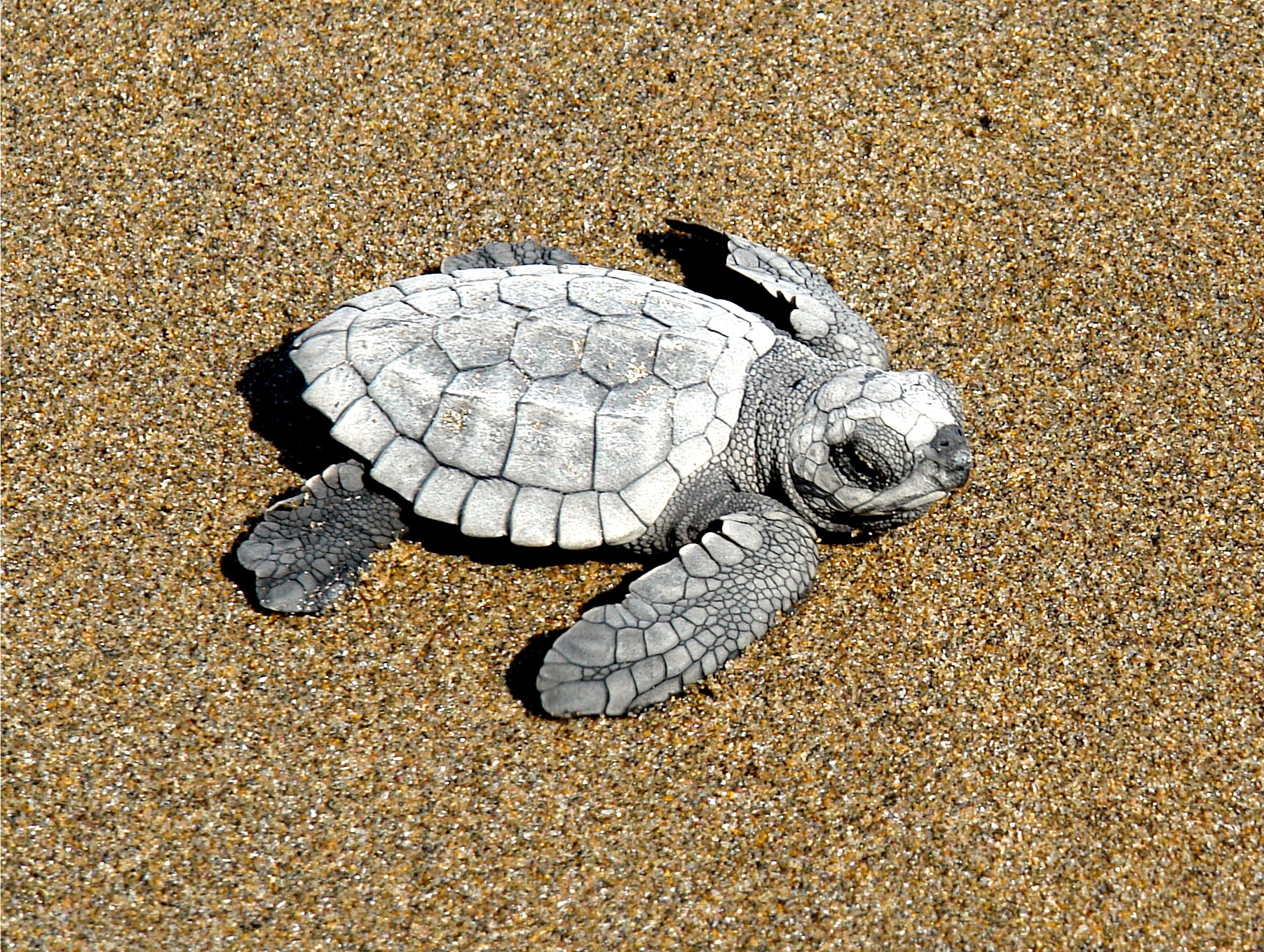
Kemp’s ridley SCIENTIFIC NAME
Lepidochelys kempii
How endangered are Kemp’s ridleys?
Kemp’s ridleys are Critically Endangered with extinction according to the IUCN. Read more about the conservation status of Kemp’s ridleys.
Facts about Kemp’s ridley sea turtles
Along with olive ridleys, Kemp’s ridleys are the only sea turtles species to exhibit synchronous mass nesting, termed arribadas.
During the arribadas, the Spanish word for ‘arrivals,’ tens of thousands of female turtles nest during the same 3-7 day period once a month.
Along with olive ridleys, and, to a lesser extent, flatbacks, Kemp’s ridleys are the only sea turtle species to commonly nest during the day
An incredible bi-national effort has been made to save Kemp’s ridleys from extinction by translocating eggs from beaches in Mexico to beaches in Texas, and by ‘head-starting’ juvenile Kemp’s ridleys, whereby hatchling turtles are grown in captivity to larger sizes before being released in an attempt to mitigate predation effects.
How big are Kemp’s ridley Turtles?
Adult Kemp’s ridley turtles measure 60-70 cm in length and weigh up to 45 kg.
Kemp’s ridley hatchlings measure approximately 25 mm long and weigh between 15 and 20 g.
What do Kemp’s ridley Turtles Eat?
For all life stages, Kemp’s ridley sea turtles eat mostly benthic invertebrates (crabs, other crustaceans, and mollusks) and some jellies
How do Kemp’s Ridley Reproduce?
Kemp’s ridley sea turtles take approximately 15 years to reach sexual maturity. After they lay their first nest, they will return to nest every 1-3 years.
During a nesting season, Kemp’s ridleys lay 1-3 clutches containing 90-130 eggs each. The eggs are ping-pong ball sized and weigh approximately 30 g each. They incubate for about 50 days before hatching.
What are the THREATS TO Kemp’s Ridley SEA TURTLES?
Kemp’s ridleys face numerous threats, most of them related to human activities. The fact that the all of the Kemp’s ridleys nesting sites are found in the Gulf of Mexico and the species is comprised of only one population makes them especially vulnerable and sensitive. Threats too Kemp’s ridleys include:
Fisheries Interactions - Bycatch, or the accidental capture, of Kemp’s ridleys in fishing nets and lines is one of the greatest threats to all species of sea turtles. Discarded fishing gear, aka “ghost gear” also continues to entangle sea turtles indefinitely as it floats in the ocean.
Pollution and Pathogens (including plastic pollution) - plastic pollution affects Kemp’s ridleys by entangling them and impeding their movement and swimming ability. Sea turtles also eat plastic, mistaking it for food, which can cause choking, intestinal damage, and blockages.
Coastal Development - developed beaches restrict the area that Kemp’s have to lay their nests and lights from buildings discourage nesting turtles and disorient hatchlings.
Climate Change - changing climate impacts the Kemps’ food sources, their migration routes, and the development of baby turtles. Hotter, dryer sand negatively impacts the incubation of sea turtle nests and warmer nests produce more female hatchlings than males – an issue for population demographics.
Direct Take - In some places, Kemp’s ridley turtle eggs are harvested for consumption, and adults are occasionally hunted for their meat.
Kemp’s ridley DISTRIBUTION and maps
Kemp’s ridleys have the most restricted geographic range of all sea turtle species, only nesting in Rancho Nuevo, Tamaulipas, Mexico, and in Texas, U.S. Their non-nesting range extends between the Northwest Atlantic Ocean, the Gulf of Mexico, and the Caribbean.

